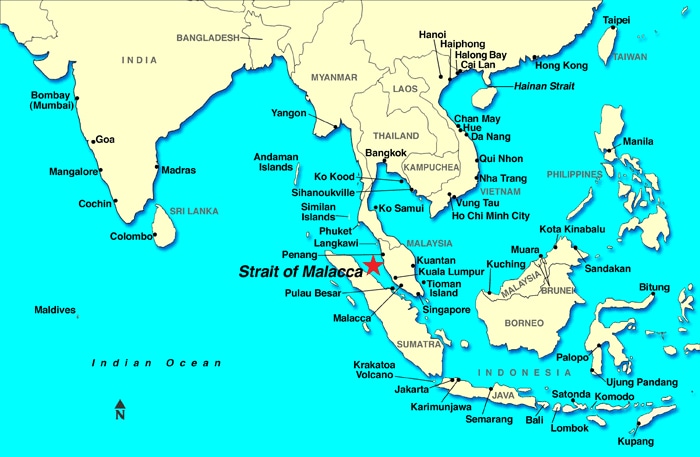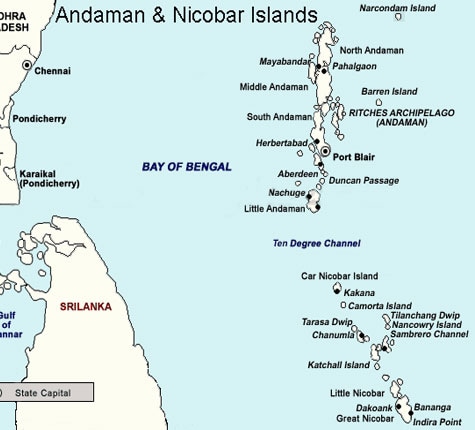Plastic invading Nicobar Islands | 14 Oct 2019
According to a survey conducted by the researchers from CSIR-Institute of Minerals and Materials Technology, the Andaman and Nicobar Islands consisting of a group of almost 572 Islands are under threat from plastic.
- The plastic litter found on the beaches of the island was mostly of non-Indian origin that was likely to be transported by the water currents from South-East Asian countries through the Malacca Straits (which is a major shipping route) towards the Great Nicobar island.
- About 10 countries including India contributed to the plastic litter on the island namely, Malaysia, Indonesia, Thailand, Singapore, Philippines, Vietnam, India, Myanmar, China, and Japan.
- Major portion of the litter was of Malaysian origin (40%) followed by Indonesia (23.9%) and Thailand (16.3%).
- The huge quantities of marine debris observed on this island might be due to improper handling of the solid & plastic waste from fishing/mariculture activity, and ship traffic.
- The intentional dumping of waste by some nations needs to be strictly monitored and prohibited. It is also violative of the law mentioned in the International Convention for the Prevention of Pollution from Ships.
Andaman & Nicobar Islands
- They are located at the East Coast of India in the Bay of Bengal & form India’s southeast border.
- These group of Islands are surrounded by the Andaman Sea and have proximity to some South-East Asian countries like Malaysia, Myanmar, Thailand, Singapore, and Indonesia.
- The Andaman and Nicobars are separated by the Ten Degree Channel which is 150 km. wide.
Great Nicobar Group of Islands
- Geography: They are located around 1,300 km southeast of the Indian subcontinent, across the Bay of Bengal and are home to the two most primitive tribes namely- Nicobarese & Shompens.
- Species found: It is a habitat for diverse creatures including the giant robber crab, a megapode bird, the crab-eating macaque, and is also a nesting ground for leatherback sea turtles.
- Ecology: The island harbors a wide spectrum of ecosystems from tropical wet evergreen forests, mountain ranges, and coastal plains. These islands also host the growth of coral reefs (the existence of which is threatened by the plastic debris & marine litter).
- The island includes the Great Nicobar Biosphere Reserve (GNBR) which has been declared as one of the World Network of Biosphere Reserves by UNESCO. The reserve comprises of the Galathea National Park and the Campbell Bay National Park.
- The Sundalands which is one of the four biodiversity hotspots in India includes the Nicobar group of Islands.


